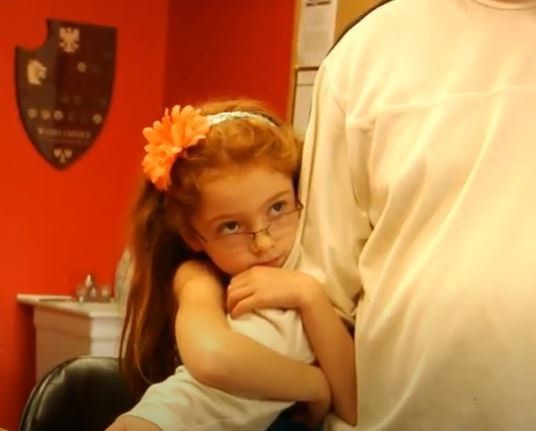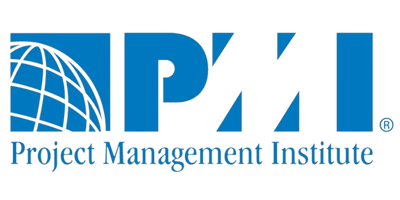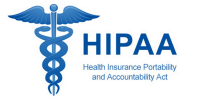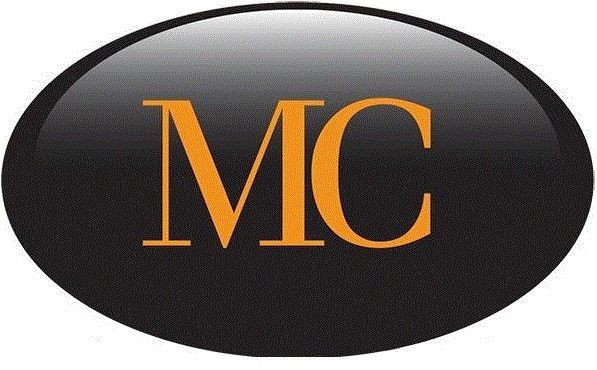Personal assessment is crucial
Our human services system measures the quality of service by looking at inputs, processes and program outcomes. All of these are respectable quantification measures by which to determine if an initiative is working on and in the right direction. A question this approach raises is, how do the recipients feel about these measures? Moreover, how do their read the results impacting or not, on their lives and their families?
Quality assurance systems and processes must measure more than this. They must measure the recipients ability to be independent and sustain that momentum into the future.
One approach to achieving this is to gain the input of those you serve. Each client I work with establishes a desired outcome and ‘feeling’ they wish to revisit that has been lost due to some life event. Upon attaining that, expressed by the client, retention measures are put in place and revisited as often as the client ‘feels’ is necessary. Note, they become their own agents of change.
This approach requires clarity of what a person wants, a process by which they become empowered by the process and build self-determination which comes in many forms. Note periods of ‘slippage’, must be built into this process as the opportunity is sometimes challenged by the clients moments of hesitation. An intangible outcome of this process expressed by some has been the need to recognize a level of quality based on their ability to get back and or sustain the emotional level of satisfaction from their lives that they seek.
So not only must human service systems measure the quality of service by looking at inputs, processes and program outcomes, it must incorporate in an equal measure of opportunity for the client to establish and express their meaning of success of the program by becoming their own agent of change long after the intervention has been terminated.













